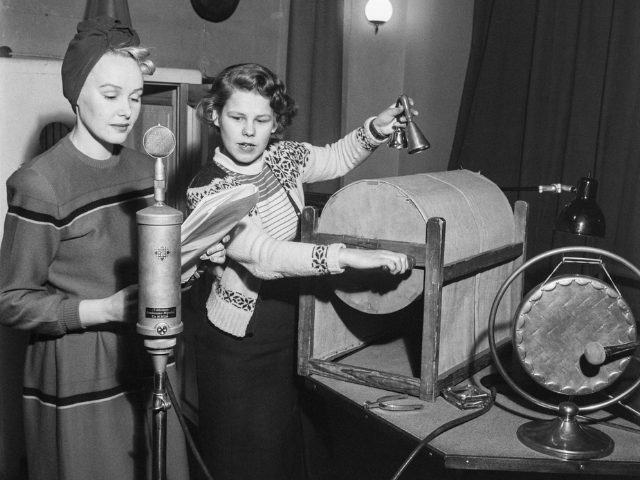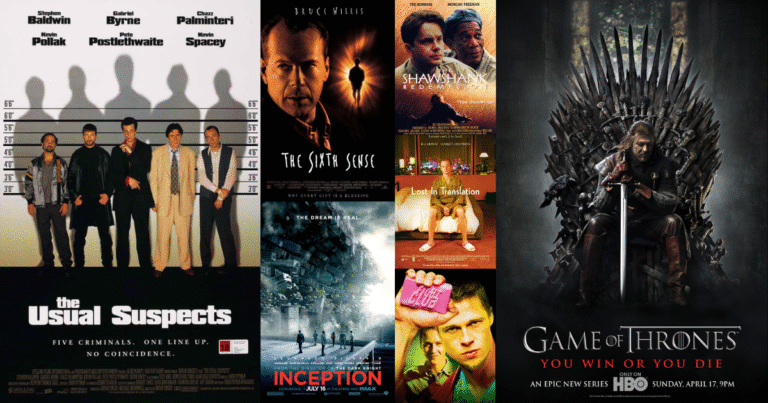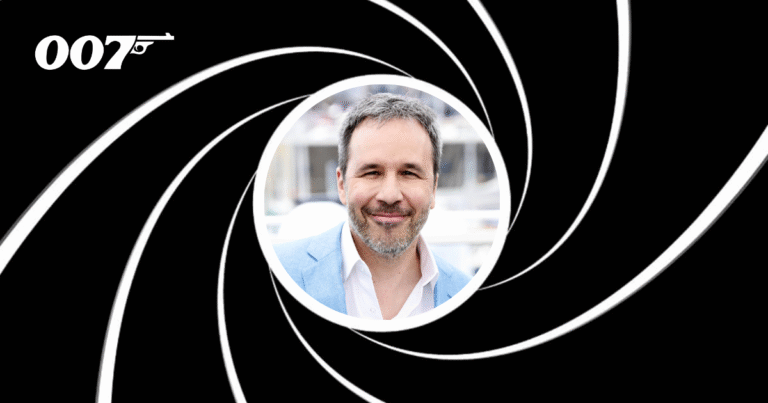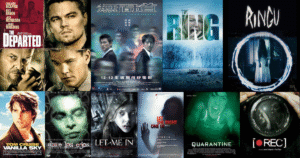When you watch a movie and hear footsteps in the snow, the creak of a door, or the crunch of gravel under a car tire, chances are you’re not hearing the real sounds captured on set. Most of the time, these are created later by Foley artists, the unsung heroes of sound design. Without them, films would feel flat and lifeless.
Foley is the art of making everyday sound effects in a studio to match the actions you see on screen. It might not sound glamorous, but it’s one of the most important parts of filmmaking. These sounds help movies feel real, even if the story is completely fictional.
Let’s explore what Foley is, why it matters, how it’s done, and why it’s a true art form.
What Is Foley?
Named after Jack Foley, a pioneer in early cinema sound, Foley is a technique used to recreate sound effects during post-production. The sounds are recorded in a special studio and synced with the film. They might be footsteps, fabric rustling, glass breaking, or even something as simple as someone picking up a cup.
You might think microphones on set would capture everything. But they don’t. On-set audio mostly focuses on dialogue. Background noise, crowd sounds, and action sounds often get lost or aren’t clear enough. Foley fills in these missing layers.
Why Foley Matters
Imagine a horror movie without creaking floors or the sound of heavy breathing in the dark. Or an action scene with no punch impacts or weapon sounds. It would feel empty. Sound has a powerful effect on our emotions. Foley helps us feel every moment.
It also adds realism. Even though your brain may not notice every sound, it senses when something is missing. Foley brings the world of the movie to life in a subtle, natural way. Without it, the film feels disconnected.
Foley vs Sound Effects Library
Some filmmakers use pre-recorded sound effects from online libraries. These can work well for things like explosions or animals. But Foley is more personal and precise. It’s handmade for each scene. The artist watches the footage closely and performs the sound in perfect sync.
This level of detail gives the movie a special touch. It feels more real because the sound matches the timing, rhythm, and emotion of the scene exactly.
How Foley Is Done
Foley recording happens in a studio called a Foley stage. It’s filled with all kinds of strange props, shoes, gravel, wood planks, glass, chains, cloth, metal sheets, and more. The artist watches the film on a screen and performs the sound while it plays.
If someone in the movie walks on gravel, the Foley artist might walk on crushed rocks with the same shoes. If there’s a sword being drawn, they might use kitchen knives and metal plates to create the sound. For bones breaking, celery sticks are often snapped close to a microphone.
Timing is everything. The sound must match the actor’s movement to the exact second. That takes skill, practice, and creativity.
The People Behind the Sound
Foley artists are performers in their own right. They don’t just make sounds, they act them out. They feel the character’s mood and try to express that through sound. A sad, tired walk sounds different from a joyful skip. Even the sound of someone sitting down has to feel right.
It’s a job that requires patience, a good ear, and the ability to think outside the box. Often, the best sound isn’t made by what you think. Want the sound of fire? Try crunching plastic wrap. Need to create the sound of a dragon flapping its wings? Try waving a large leather coat in the air.
Foley mixers and editors then take these recordings and blend them into the final film soundtrack. They balance levels, remove unwanted noise, and make sure the sounds blend well with music and dialogue.
Famous Examples of Foley Work
In Indiana Jones, the punch sounds were created by hitting a pile of leather jackets with a baseball bat. In Jurassic Park, the sound of the T-Rex’s footsteps came from a combination of trees falling and heavy drums. In A Quiet Place, where sound was key to the story, Foley was used in creative ways to make silence feel terrifying.
These examples show how Foley adds character and emotion to sound. It doesn’t just support the story, it becomes part of it.
Why It’s Called an Art Form
Foley isn’t just technical. It’s artistic. It requires imagination, attention to detail, and emotional connection. Each sound must feel natural, even if it’s completely fake. That balance of realism and creativity is what makes Foley an art.
It also keeps evolving. With new technology and more ways to record sound, Foley artists are finding fresh techniques to make their work even more lifelike. But even as the tools change, the heart of Foley stays the same, bringing stories to life with sound.
Foley in Animation and Games
Foley isn’t just used in live-action films. It plays a big role in animation and video games too. In animation, there’s no sound at all until it’s added. So Foley becomes essential. In games, sound effects must react to what the player is doing, which makes the work even more complex.
Good sound design can turn a simple scene into something unforgettable. Think of the satisfying swing of Spider-Man’s web or the echo of footsteps in an abandoned building in a horror game. All of these are possible because of careful sound work, often led by Foley artists.
Final Thoughts
Foley is one of those things you never think about, until you notice how powerful it is. It’s what helps you feel immersed in a story. It adds texture, tension, humor, and realism. And it’s all created by people with deep creativity and skill.
Next time you watch a movie, close your eyes for a moment and just listen. Every creak, footstep, splash, and scratch you hear was carefully crafted to make the story come alive. That’s the magic of Foley — the hidden art that makes films feel real.












